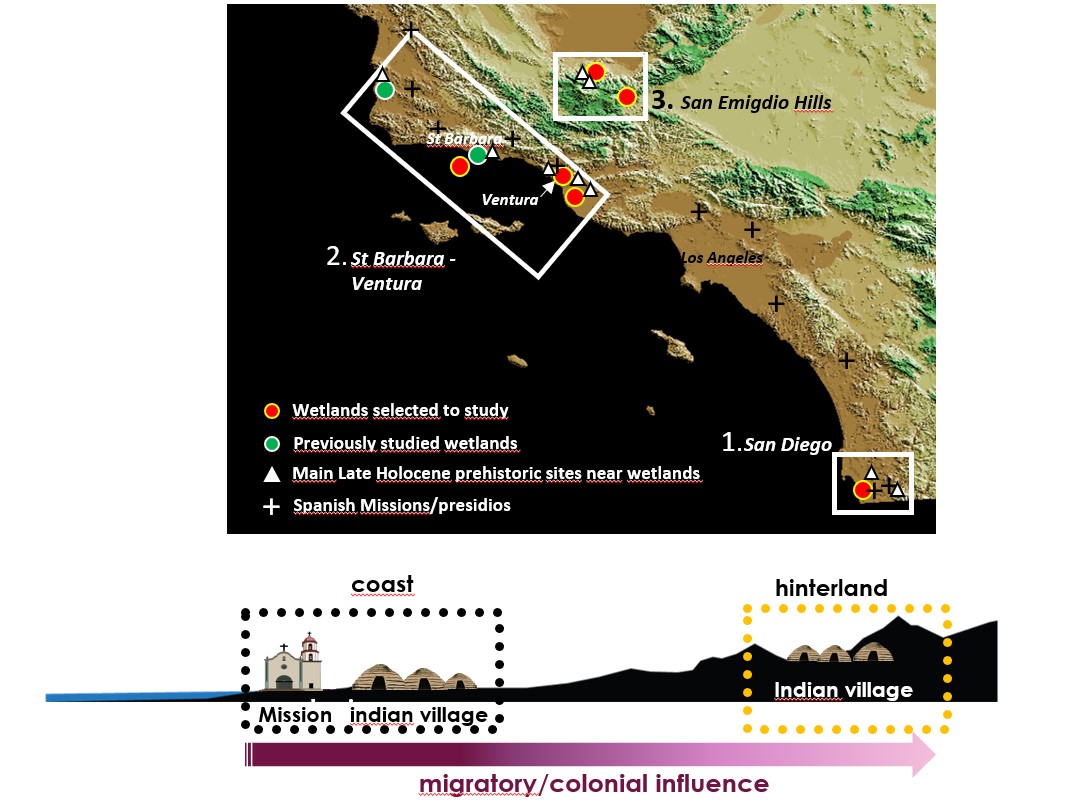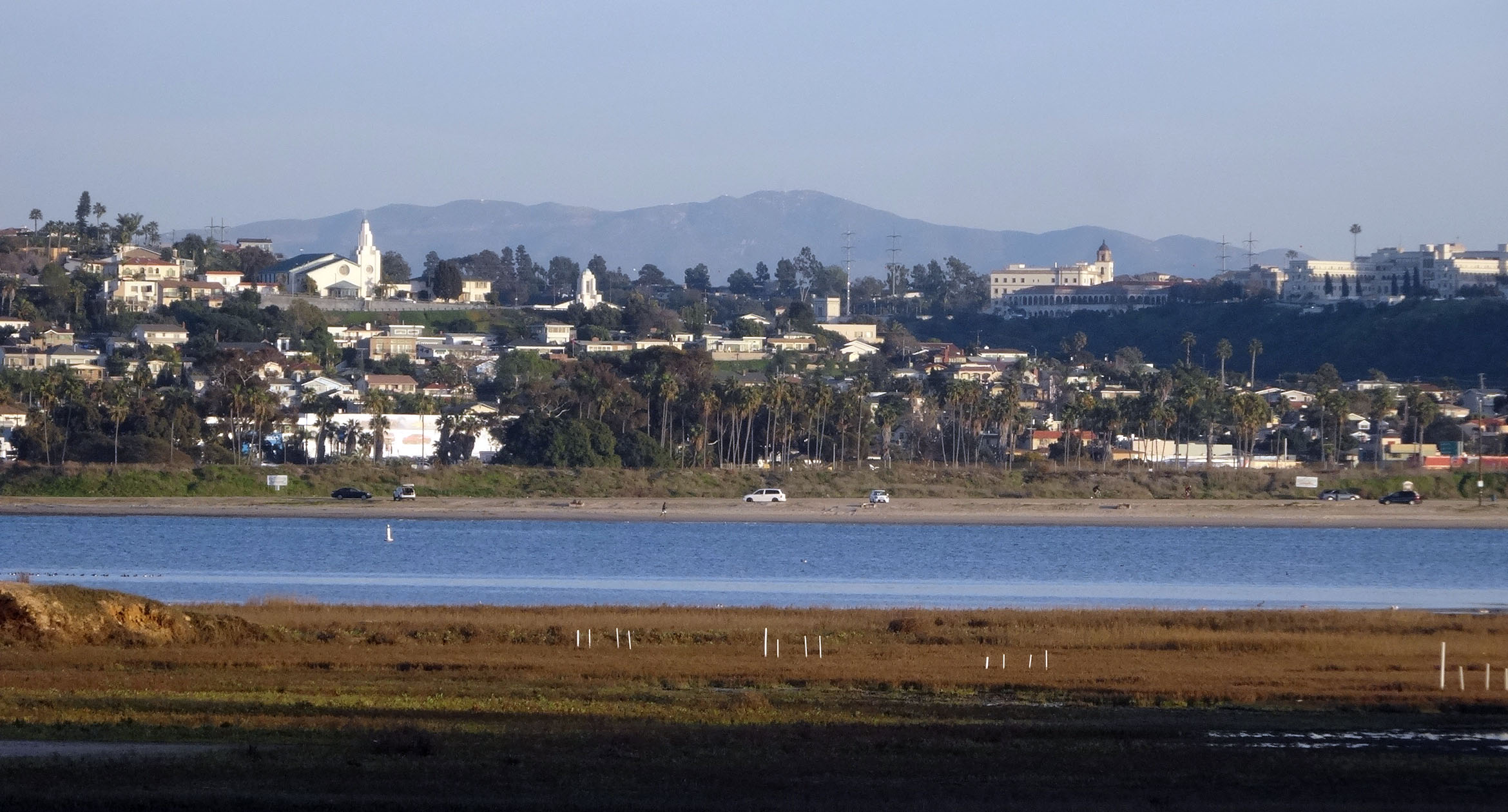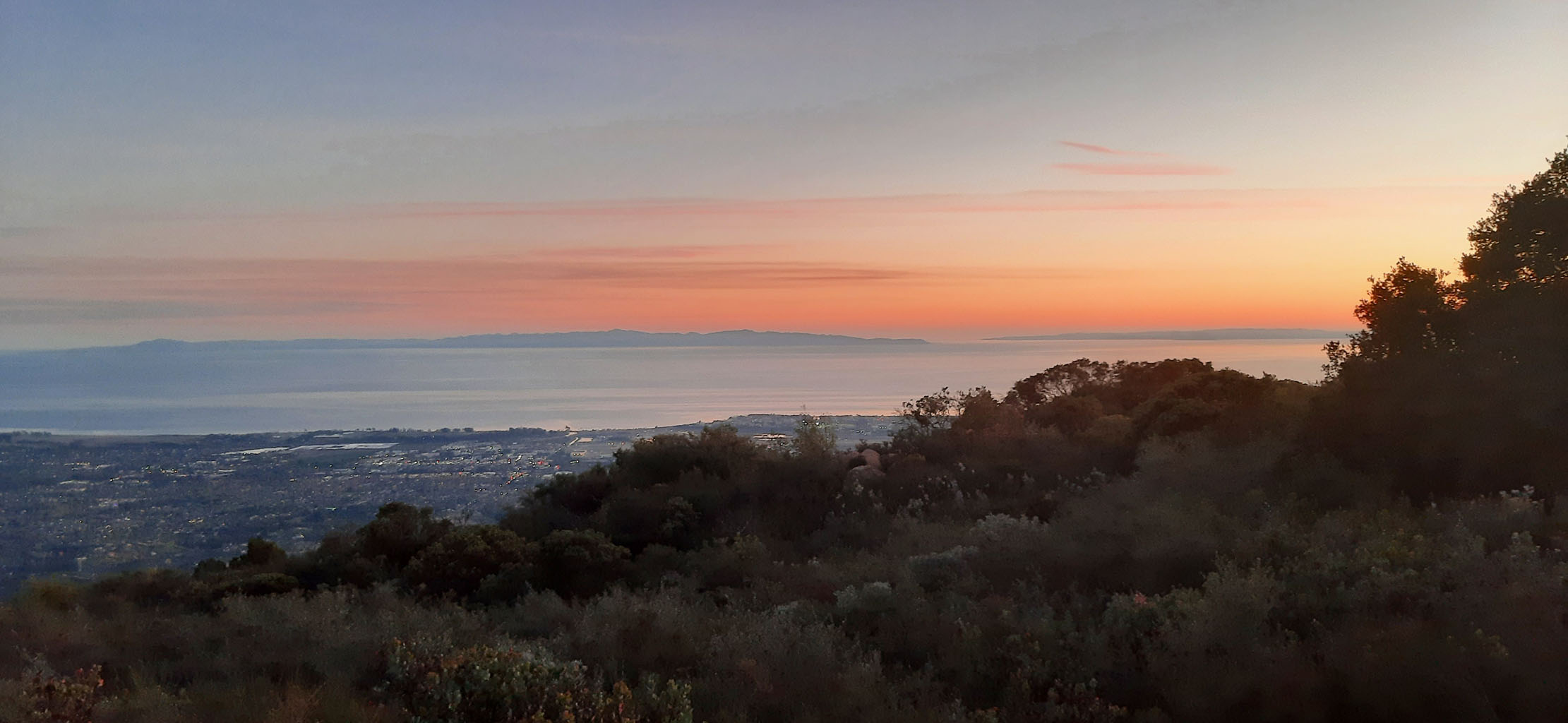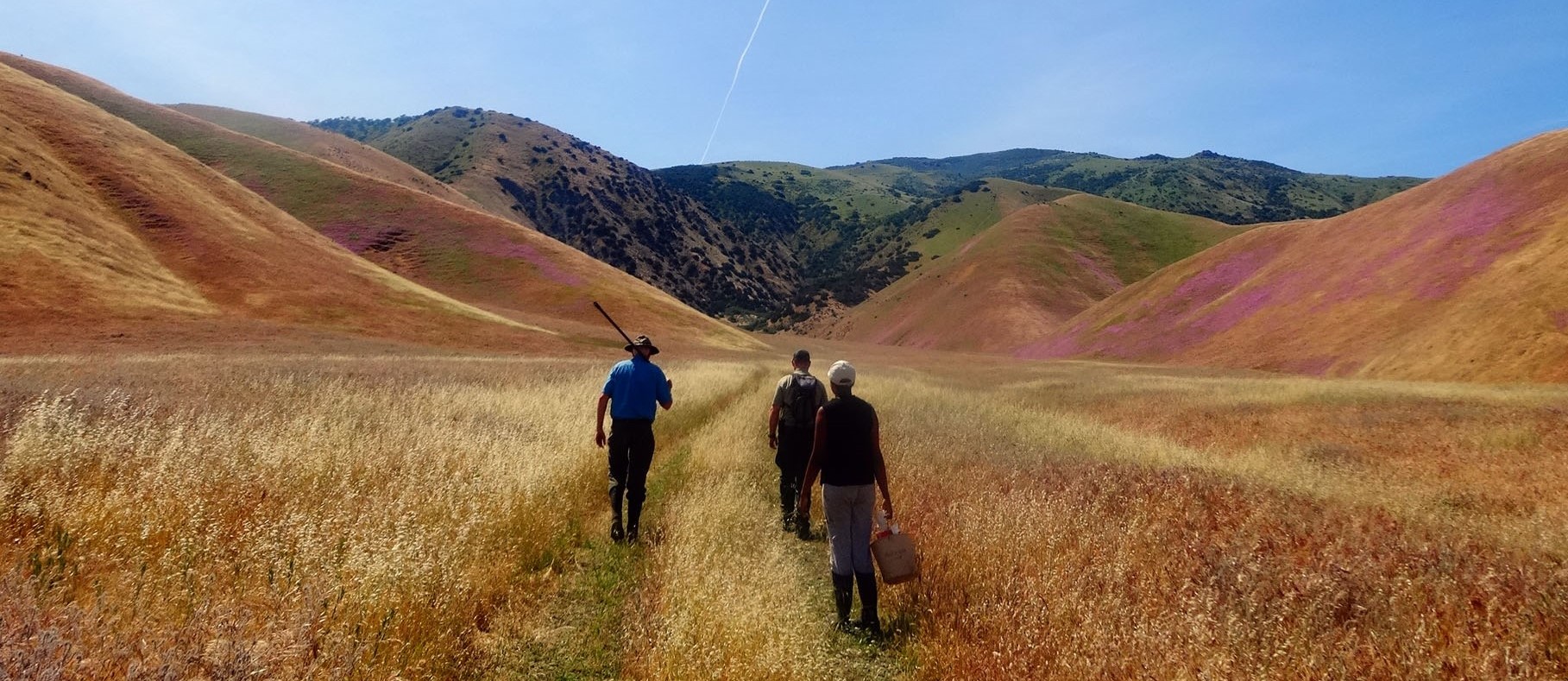MeSCAL studies selected SoCal areas located in both the coast and nearby inland ranges. Study sites are located close to Late Holocene prehistoric and colonial sites to recontruct vegetation and land-uses changes following migratory proceses. Their study will also allow tracking differences in landscape change between coastal areas under direct colonial control and hinterland areas away from the Mission system, and exposed to a lesser colonial influence.


Mission Bay Marsh in San Diego is located within the urban area of San Diego in proximity to prehistoric Kumeyaay Indian sites, and also to the oldest colonial sites in California founded in 1769: the Presidio of San Diego and Mission San Diego de Alcalà. The palaeoecological study of this wetland and the crosschecking of palaeoecological and available archae-historical information in the area will allow tracing coastal vegetation and land-use changes following prehistoric and colonial settling.This is a truly unique record, as all of the other coastal marshes within the immediate urban area have been destroyed by development.

Santa Barbara-Ventura region. We will perform the palaeoecological study of several coastal ponds located close to the San Buenaventura Mission and Late Holocene Chumash Indian sites. These ponds will inform us about landscape changes that occurred during increased Late Holocene prehistoric settling in the area, as well as landscape changes following colonial settling in the vicinity of the Mission. We will compare palaeoenvironmental results obtained in these two ponds with those already obtained by the research team in MOD and DUNE pond in Santa Barbara. In addition, we will also perform palynological analyses a varved marine record in the Santa Barbara Basin. The combined study of marine and continental records has the potential for helping to assess the regional/ local extent of vegetation and land-use changes related to migratory and colonial processes in the region.

San Emigdio Mountains, Kern County, is located in the region lying immediately inland from the Santa Barbara coast. It was a backcountry area also occupied by Chumash communities at the time of Spanish contact. However, Emigdiano Chumash were under less colonial influence and control than coastal populations due to their location away from colonial coastal sites, and the area is historically known to become a refuge for Chumash tribes escaping from the mission system. Was it also a refuge for native landscapes and land-uses? The combined palaeoecological and archaeobotanical research, and its correlation with available archaeological data in the region within MeSCAL will throw light to this open question.